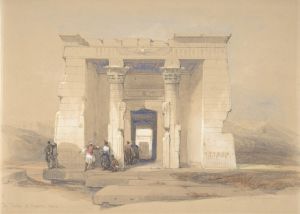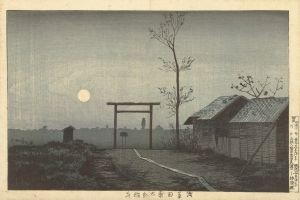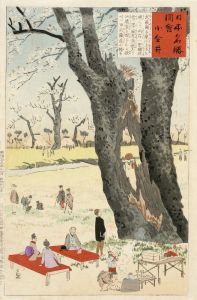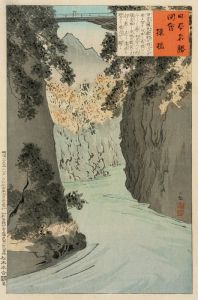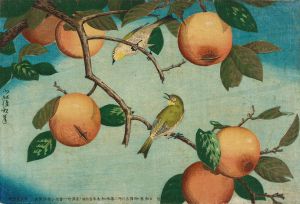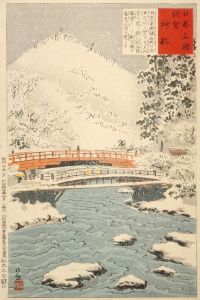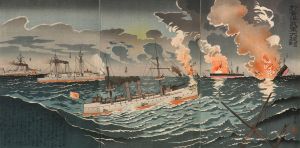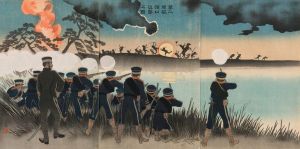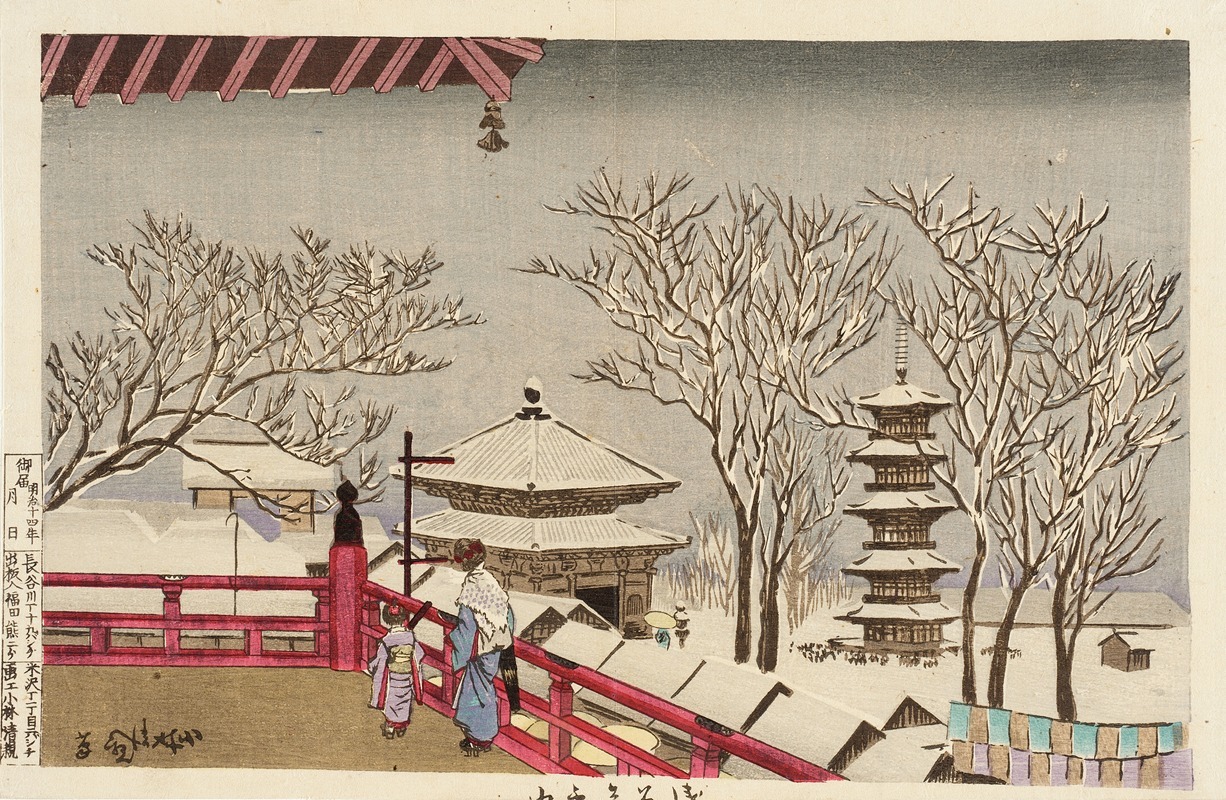
The Temple Sensōji in Snow
A hand-painted replica of Kobayashi Kiyochika’s masterpiece The Temple Sensōji in Snow, meticulously crafted by professional artists to capture the true essence of the original. Each piece is created with museum-quality canvas and rare mineral pigments, carefully painted by experienced artists with delicate brushstrokes and rich, layered colors to perfectly recreate the texture of the original artwork. Unlike machine-printed reproductions, this hand-painted version brings the painting to life, infused with the artist’s emotions and skill in every stroke. Whether for personal collection or home decoration, it instantly elevates the artistic atmosphere of any space.
Kobayashi Kiyochika (1847–1915) was a prominent Japanese artist known for his ukiyo-e woodblock prints and paintings, particularly during the Meiji era. His works often depicted the rapid modernization of Japan and the blending of traditional and Western influences. One of his notable pieces, The Temple Sensōji in Snow, exemplifies his skill in capturing atmospheric effects and his interest in portraying iconic locations in Japan.
Sensōji, located in Asakusa, Tokyo, is one of Japan's oldest and most significant Buddhist temples, originally founded in 645 CE. It has long been a cultural and religious landmark, attracting pilgrims and visitors for centuries. In The Temple Sensōji in Snow, Kiyochika presents a serene winter scene, with the temple blanketed in snow. The composition highlights the quiet beauty of the temple grounds, emphasizing the contrast between the white snow and the dark architectural features of the temple. The work reflects Kiyochika's mastery of light and shadow, a hallmark of his artistic style, which was influenced by Western techniques such as perspective and shading.
Kiyochika's art often focused on the transformation of Tokyo during the Meiji period, a time when Japan was undergoing significant modernization. However, in this particular piece, he chose to depict a timeless and tranquil moment, showcasing the enduring cultural and spiritual importance of Sensōji amidst the changing times. The snow-covered landscape evokes a sense of stillness and introspection, qualities commonly associated with traditional Japanese aesthetics.
This artwork is part of Kiyochika's broader body of work, which includes numerous prints and paintings that document both the natural beauty and urban development of Japan. His ability to blend traditional Japanese artistic elements with Western influences has earned him recognition as a key figure in the transition of Japanese art during the late 19th and early 20th centuries.
The Temple Sensōji in Snow remains an important example of Kiyochika's contribution to Japanese art, illustrating his unique perspective on the interplay between tradition and modernity. The piece is celebrated for its technical precision, atmospheric depth, and cultural significance, offering viewers a glimpse into the historical and artistic context of Meiji-era Japan.





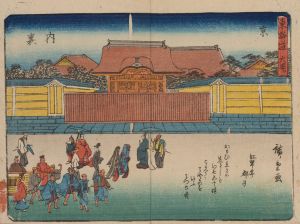
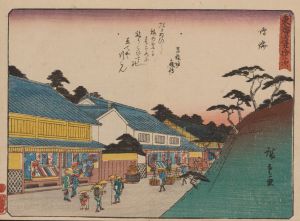
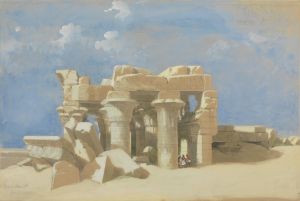
![Temple of Isis on the roof of the great temple of Dendera [Dandara].](/imgs/217547/s/david-roberts-temple-of-isis-on-the-roof-of-the-great-temple-of-dendera-dandara-fd95528e.jpg)
![Temple of Wady Saboua [Wadi al-Sabua], Nubia.](/imgs/217551/s/david-roberts-temple-of-wady-saboua-wadi-alsabua-nubia-52e62db.jpg)
